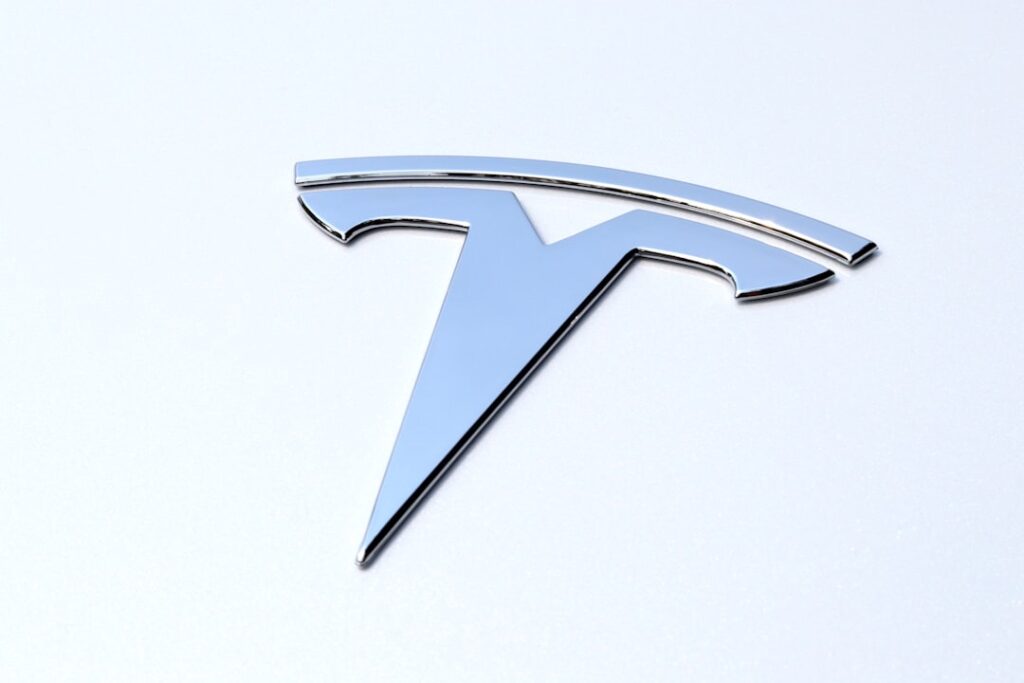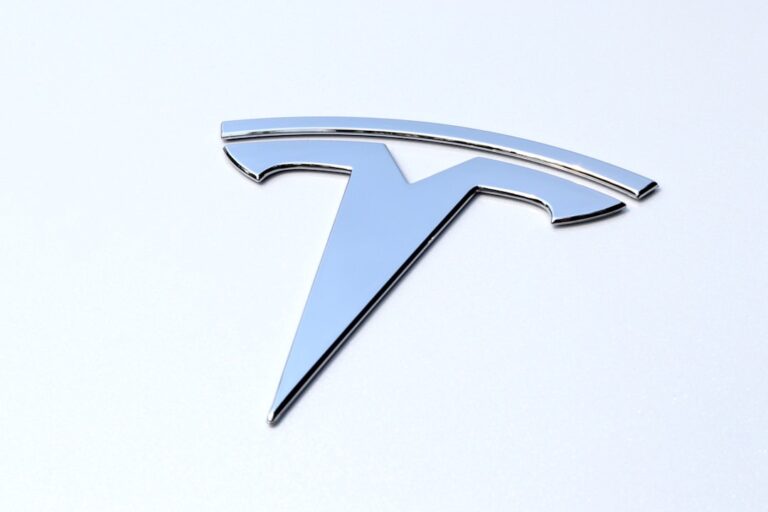
Tesla owners are being doxxed by a controversial anti-DOGE website in what it called an act to “empower creative expressions of protest.”
Dogequest, a website that has been created with a clearly outlined use for intimidation against Tesla owners, posted the names, addresses, phone numbers, and other contact information of those who own vehicles made by the electric vehicle manufacturer.
It was spotted by 404 Media.

The site also claims to have the information of employees at the Department of Government Efficiency, as well as the addresses of Tesla dealerships and the locations of Tesla Superchargers. The latter two are public information.
However, the website is hoping to get Tesla owners to sell their vehicles in this evident intimidation tactic. However, the information on the website, while it was seen, was not verified to prove that it contained the information of real-world Tesla owners. The site was not accessible by Teslarati at the time of publication.
The creation of a site like Dogequest is just another level that anti-Elon Musk activists are taking to attempt to destroy a company like Tesla as its CEO works with the Trump Administration to eliminate excessive government spending through the work of DOGE.
It is also the latest attack on Tesla owners, who have seen their vehicles vandalized, damaged, and even destroyed by those who disagree with the actions of Musk.
Tesla as a company has also seen several acts of retaliation against it, as everything from the arson of its showrooms and vehicles to it being kicked from the popular Vancouver Auto Show have come as a result of the recent backlash against the company.
Moving forward, there are still questions surrounding how these attacks will be combatted. The Trump Administration has indicated that acts of vandalism against Tesla would be considered a federal crime, but the tricky part of locating the culprits has proven to be extremely difficult. Only a handful have been found and held accountable.
The post Tesla owners doxxed by controversial anti-DOGE website in clear intimidation tactic appeared first on TESLARATI.
